The magic of manufacturing
September 3, 2025 at 6:00 p.m.By Lori Jerome, PABCO Roofing Products.
Learn how PABCO Roofing Products takes raw materials and creates reliable and durable asphalt shingles.
If you look around any neighborhood, it’s a very good bet that you will find an asphalt roof. And as a member of the roofing industry, there’s a good chance you’ll have worked with asphalt roofing in some form or another. But not everyone gets to see the behind-the-scenes of how these reliable roofing products are created inside manufacturing plants.
Today, we’re exploring the precise processes that create asphalt roofing at the PABCO Roofing Product’s 11-acre manufacturing plant in Tacoma, Washington. Keep reading to learn how the production of shingles has changed since they were first cut by hand in the early 1900s.
A 5-step manufacturing line
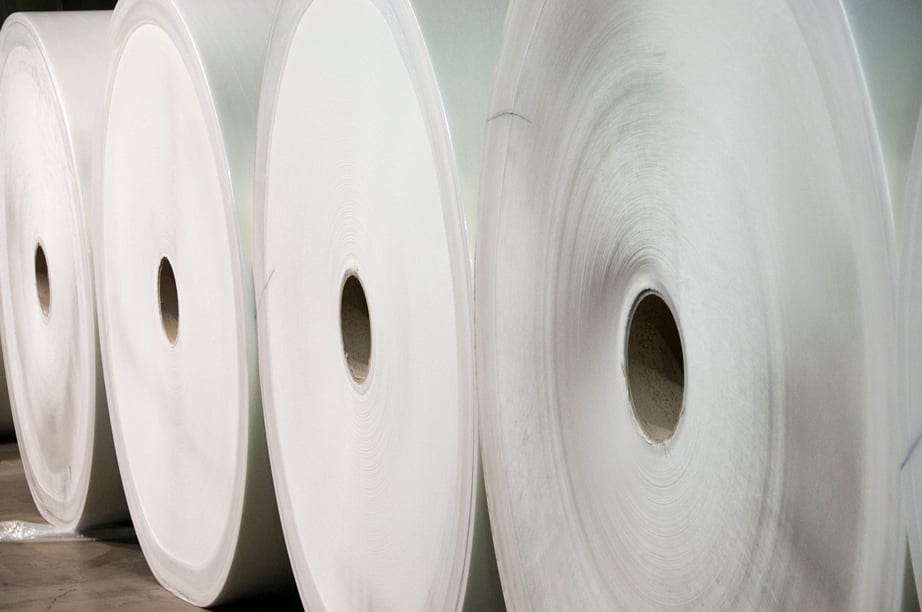 1 – Making the mat
1 – Making the mat
The foundation of every PABCO shingle is a massive fiberglass mat – six feet tall, 1,000 pounds and over 20,000 feet long. These mats are spliced together in a looper system to ensure uninterrupted production and precision.
Fiberglass replaced the old organic felt (paper-based) mats used in earlier generations of shingles. Unlike felt, fiberglass is lighter, stronger and far more resistant to moisture and fire. It forms a stable, durable base that enhances shingle performance and longevity, which is especially important as weather conditions become more extreme.
2 – Adding asphalt
Next, the fiberglass mat is saturated with asphalt – the key component that gives the shingle its waterproofing power. PABCO Roofing Products uses a proprietary asphalt blend formulated for durability and flexibility across a wide range of climates.
Asphalt is naturally water-repellent and self-sealing, making it ideal for roofing. It not only helps keep moisture out but also allows the shingles to expand and contract with temperature changes without cracking. PABCO uses two types of asphalt in its process, one for coating the mat and another as a high-performance laminating adhesive.
The asphalt arrives in PABCO-owned trucks and is heated to roughly 540°F in the plant’s heaters. Certified boiler operators oversee this process with exacting standards to ensure consistent quality and optimal saturation.
3 – Coating and cooling
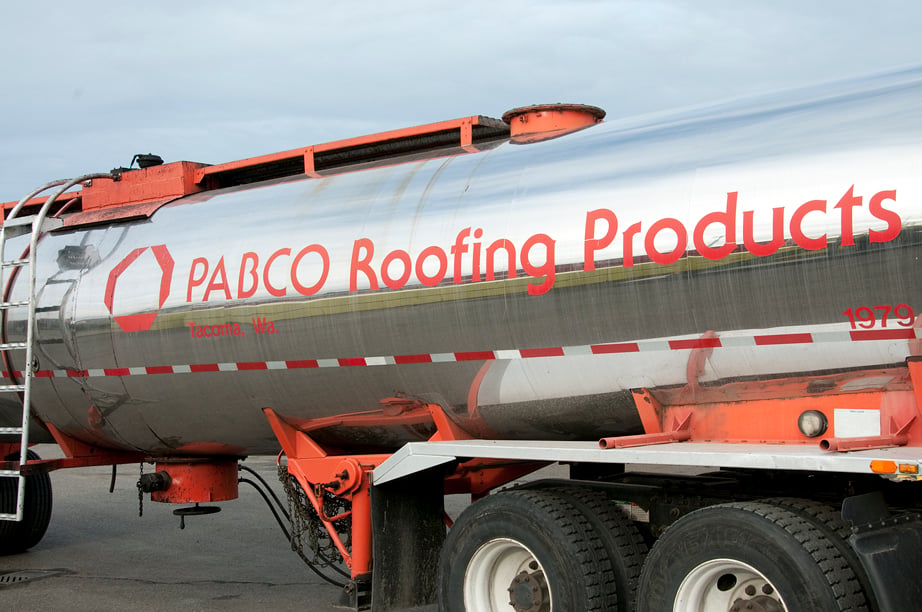 When the fiberglass mat enters the coating area, hot asphalt is applied to the top and bottom surfaces. This area is enclosed in glass due to the extreme heat. The asphalt delivers waterproofing, flexibility and the base of the finished shingle. While the asphalt is still hot and sticky, the mat immediately moves into the granule zone where ceramic-coated granules are embedded into the top layer to give each shingle its color, UV resistance and weather protection. The more granules applied, the heavier the weight of the shingle. PABCO’s Paramount Advantage® architectural shingles, for example, use heavier granule coverage to enhance dimension and curb appeal. Similarly, PABCO Prestige® shingles use extra granules to better withstand hail, installation foot traffic and long-term wear from weather exposure.
When the fiberglass mat enters the coating area, hot asphalt is applied to the top and bottom surfaces. This area is enclosed in glass due to the extreme heat. The asphalt delivers waterproofing, flexibility and the base of the finished shingle. While the asphalt is still hot and sticky, the mat immediately moves into the granule zone where ceramic-coated granules are embedded into the top layer to give each shingle its color, UV resistance and weather protection. The more granules applied, the heavier the weight of the shingle. PABCO’s Paramount Advantage® architectural shingles, for example, use heavier granule coverage to enhance dimension and curb appeal. Similarly, PABCO Prestige® shingles use extra granules to better withstand hail, installation foot traffic and long-term wear from weather exposure.
Granules are the finishing touch and the shingle’s shield from the elements. In some cases, the granule coating is engineered with reflective granules to meet cool roof standards, helping reduce heat absorption and lower energy costs by keeping roof surfaces cooler under the sun. Other shingles incorporate copper-containing granules to prevent the growth of unsightly roof algae — like PABCO’s Algae Defender® technology, which helps preserve the roof’s appearance and extend its curb appeal, especially in damp or humid climates prone to streaking caused by blue-green algae.
Once the granules are applied, the press rolls flatten the material to a consistent thickness, and the shingle then enters a looper system to cool and stabilize before cutting.
4 – Building each profile
Once cooled, the continuous shingle material is cut into precise profiles – from architectural to designer cuts like our Cascade™ diamond-shaped shingle. Lamination follows, bonding two layers together to create the dimensional look today’s homeowners expect.
This step is where raw materials become a finished product, and where attention to detail matters most. From edge alignment to cut consistency, every shingle is designed to meet PABCO’s high standards for fit and finish.
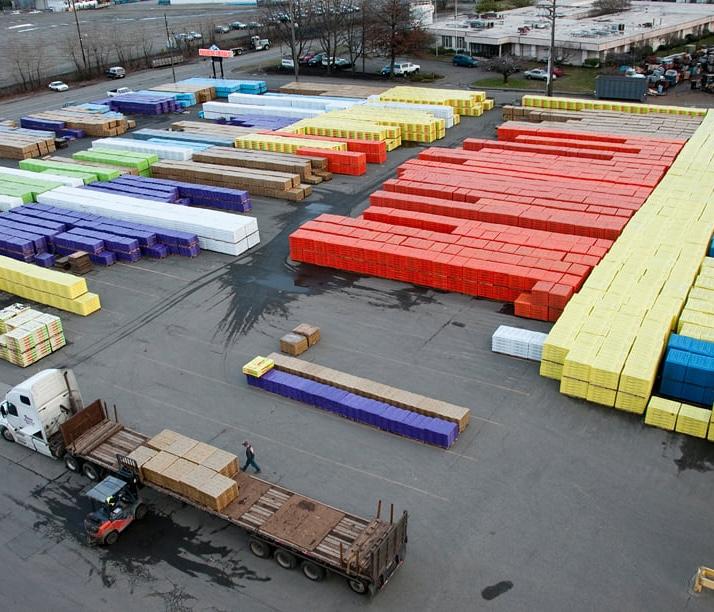 5 – Sending it out into the world
5 – Sending it out into the world
Each shingle bundle is wrapped and color-coded by product type before being palletized and cooled for 24 hours. Once cured, the pallets are loaded onto trucks and distributed across the country.
Throughout the U.S. and Canada, but specifically around the Pacific Northwest, you may have noticed the distinctive purple wrappers on roofing bundles waiting to be installed. That signature purple is PABCO’s Paramount® shingle. It’s a quiet indicator of the trust that contractors place in our products and our people.
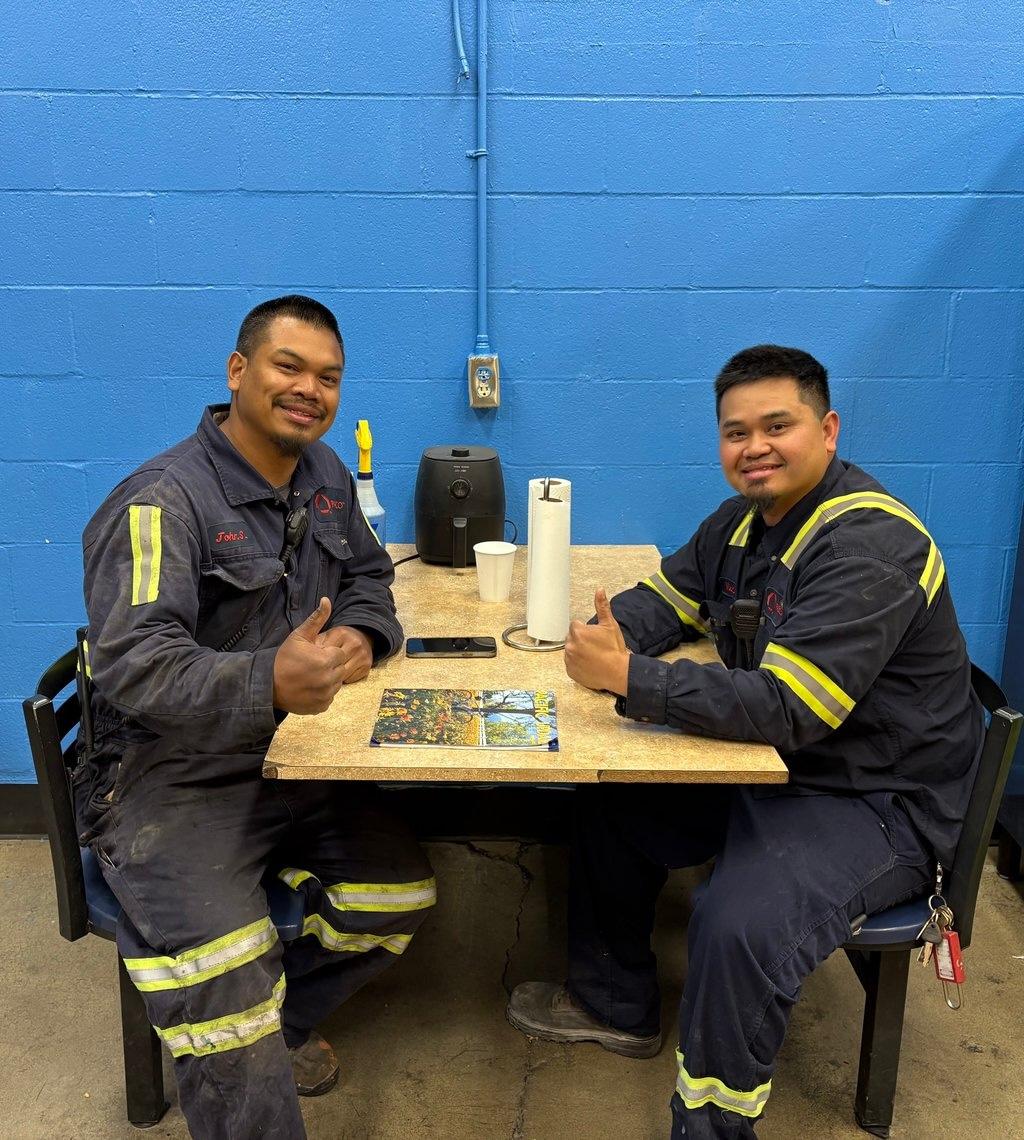 The people behind the magic
The people behind the magic
While turning raw materials into high-performance roofing might sound like magic, PABCO’s process is built on human craftsmanship. From technicians splicing fiberglass mats to operators monitoring asphalt flow, every step requires skilled hands and trained eyes. We’ve been manufacturing shingles for over 40 years, and many employees have been with us for decades – a testament to PABCO’s people-first culture.
As a family-owned business, we’ve always believed that long-term relationships are the foundation of success. That belief applied to our employees, our contractor partners and the homeowners who choose PABCO for their roof. The pride you see in every bundle starts right there on the factory floor.
Building with confidence
Asphalt shingles have come a long way from the days of coal tar and hand-cut felt. But as the industry evolves, so has your role as a contractor. Today’s homeowners want transparency, and you deserve confidence in the products you install.
By understanding how PABCO shingles are made, you can answer questions with authority and build trust with your customers. PABCO’s Tacoma plant is where innovation meets integrity, safety and sustainability are baked into every batch, and where our legacy of trust becomes real.
Moving forward
The history of asphalt shingles shows us just how far this industry has come. Stepping into PABCO’s manufacturing plant shows us what we can achieve today. And the future? It’s being built with the same commitment to quality, relationships and innovation that has defined PABCO from the beginning.
Because one thing remains true: Every great roof starts with a great shingle.
Original article and image source: PABCO Roofing Products
Learn more about PABCO Roofing Products in their Coffee Shop Directory or visit www.pabcoroofing.com.
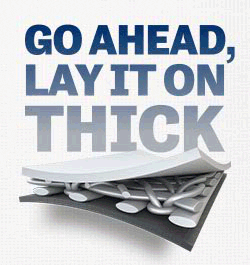







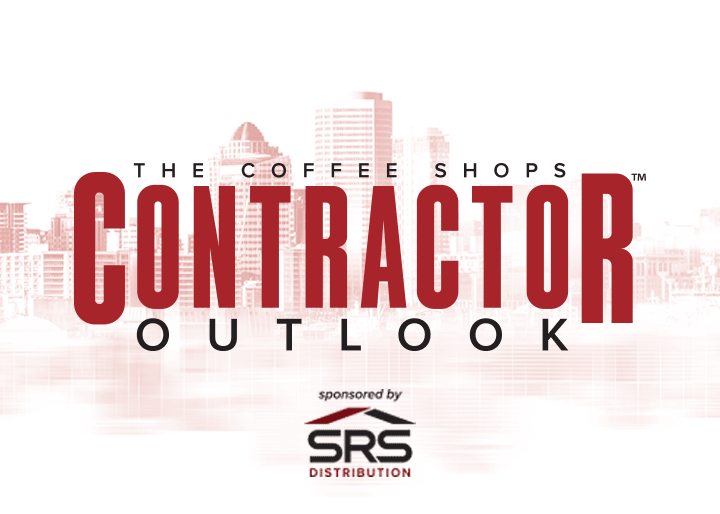

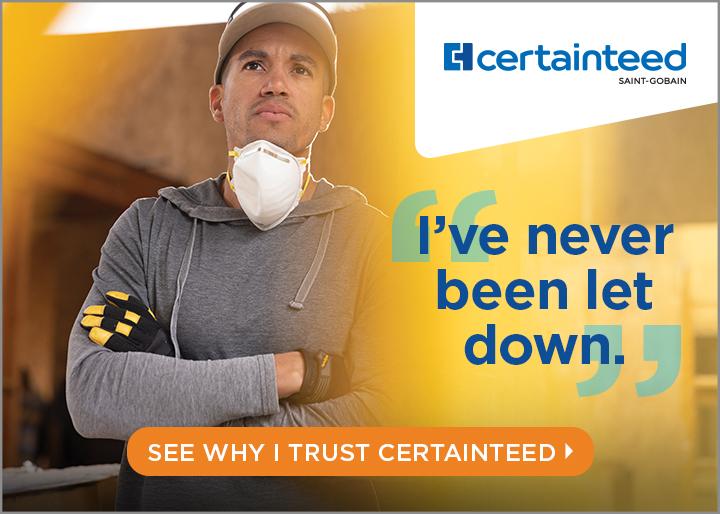


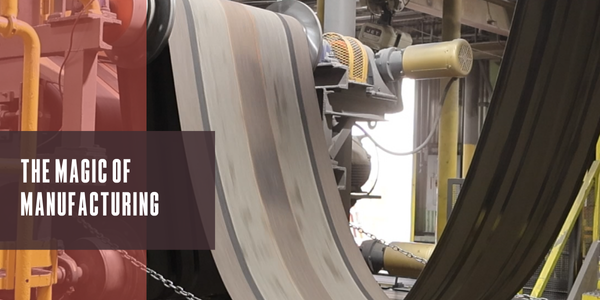
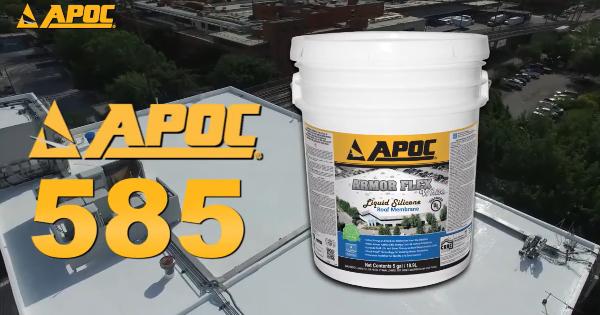
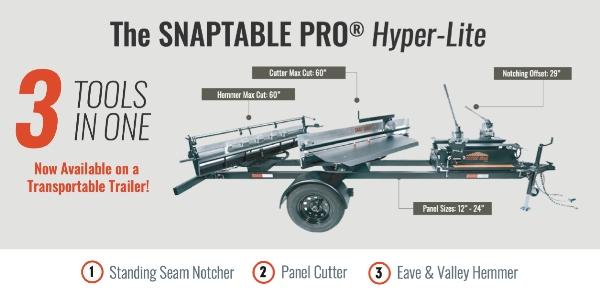
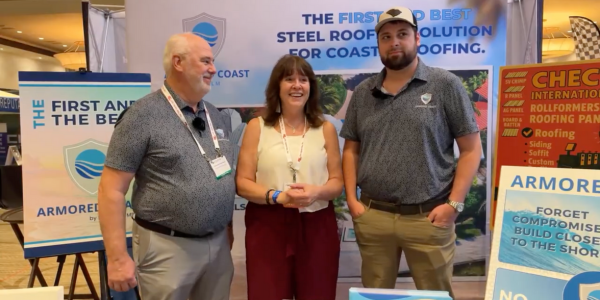


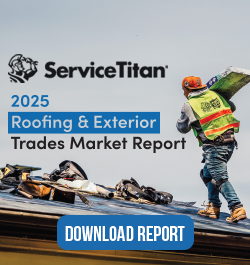




Comments
Leave a Reply
Have an account? Login to leave a comment!
Sign In